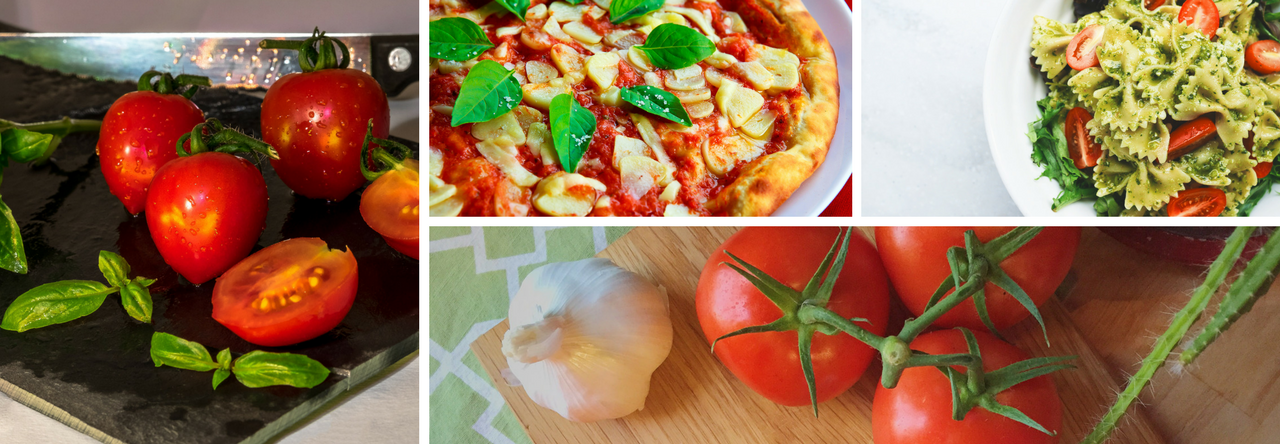This is the Venetian version, which I prefer because of its stronger “sea” flavor. Be sure to wear a large napkin to protect yourself from stains from the black ink! As for the wine, how about a Greco di Tufo by Benito Ferrara -if you can find it—or, a good Pinot Grigio or a Verdicchio!
This is a very easy and quick recipe to prepare.
Ingredients
- 1 box of spaghetti (500 grams)
- 1 lb. of squid (500 grams), tubes and tentacles
- 1/3 cup olive oil (80 ml olive oil)
- ½ sweet onion, or you may also use chopped green onions
- 3 – 4 black ink squid bladders or 2-3 teaspoons of frozen black ink
- ½ cup of good-quality white wine (120 ml), such as a Pinot Grigio
- 1/3 cup of Italian parsley, finely minced
- Optional: 1 or more red hot peppers (if you like it spicy)
Preparation
- In a large pot for pasta, put water on to boil. Do not add salt, because the squid ink is salty, so add little to no salt to the water, if necessary, you can always add salt at the end.
- As you put the pot on to boil, and before you add the pasta to the pot, use a large skillet to cook the sauce, which will take about 20 minutes total. Heat the olive oil at medium-high heat and add the chopped onion for about 1 minute.
- Add the squid, bringing the heat to high for about 2 minutes, moving the squid around to cook on all sides.
- Add ½ of the minced parsley and the optional red pepper. Then add the white wine and lower the heat to medium-low.
- By this time, your pot of water for the spaghetti should be boiling, so add the pasta to the pot and give it a quick stir as soon as it comes to a boil.
- Continue cooking the squid on medium-low until the pasta is very al dente (firm, but almost completely cooked, about 3 to 4 minutes before the cooking time on the box of pasta). Add the squid ink to the skillet where you are cooking the sauce. How much ink?
Enough for the spaghetti to turn completely black, not gray.
- If the squid sauce begins to get dry, add a little bit of water from the pot of boiling pasta.
- Immediately after, when the pasta is still very al dente, drain the pasta, reserving 1 cup of pasta-water (which contains starch), transfer the pasta in the pan with squids, and adding water as necessary keep mixing well for about 3-5 minutes (this is why it is critical to drain the pasta when is still a little bit hard or you will end up with overcooked pasta). Once all the water is absorbed, and you have a thick sauce, remove from the heat.
- Add remaining parsley, mix well, and enjoy!
Italiano: Spaghetti al Nero di Seppia (alla Veneziana)
Ingredienti
- 500 g. spaghetti o bigoli
- 500 g. seppie (tagliate i tubi a rondelle+ tentacoli)
- Circa 3 vescichette col nero di seppia, oppure 2-3 cucchiai di nero surgelato
- ½ cipolla dolce oppure scalogno a pezzetti
- Prezzemolo, vino bianco e se vi piace peperoncino rosso
Preparazione
- Mettete l’acqua per la pasta a bollire-poco o niente sale perché il nero di seppia è un po’ salato.
- Mettete in una padella capiente -deve accogliere gli spaghetti alla fine- l’olio d’oliva, quando è caldo aggiungete la cipolla a pezzetti 1 minuto a fuoco medio alto.
- Aggiungete le seppie, e cuocete altri due minuti girando spesso.
- Aggiungete metà del prezzemolo tritato fino, il peperoncino (se vi piace, a me si), mischiate bene e poi mezzo bicchiere di vino bianco, abbassate il fuoco a medio-basso.
- Più o meno a questo punto l’acqua bolle: calate la pasta.
- Continuate a cuocere le seppie aggiungendo l’acqua della pasta come necessario perché sia sempre un po’ liquida.
- Quando la pasta è a circa 3-4 min dalla fine della cottura, cioè molto al dente, aggiungete il nero di seppia e anche un po’ d’acqua della pasta nella pentola dove state cuocendo le seppie, alzate il fuoco e mischiate bene 1 min.
Quanto nero?
Abbastanza perché la pasta diventi completamente nera, non grigia!
- Immediatamente dopo, scolate la pasta tenendo da parte almeno una tazza di acqua.
- Versate la pasta nella pentola con le seppie e continuate a mischiare aggiungendo acqua come necessario finche non è pronta e la salsa asciutta. Spegnete il fuoco aggiungete il resto del prezzemolo, mischiate bene e buon appetito.
Vino: Greco di Tufo di Benito Ferrara, se lo trovate.

